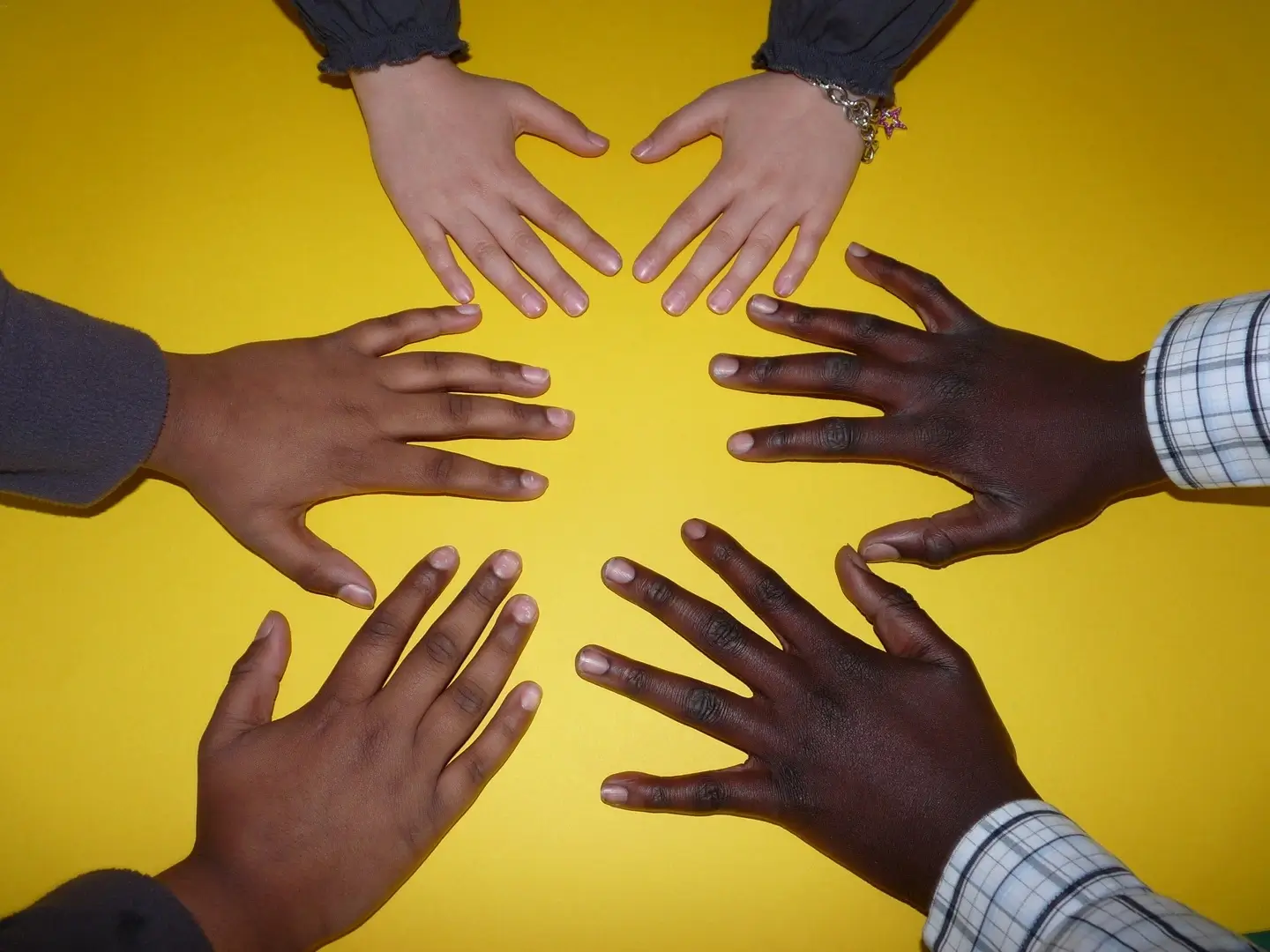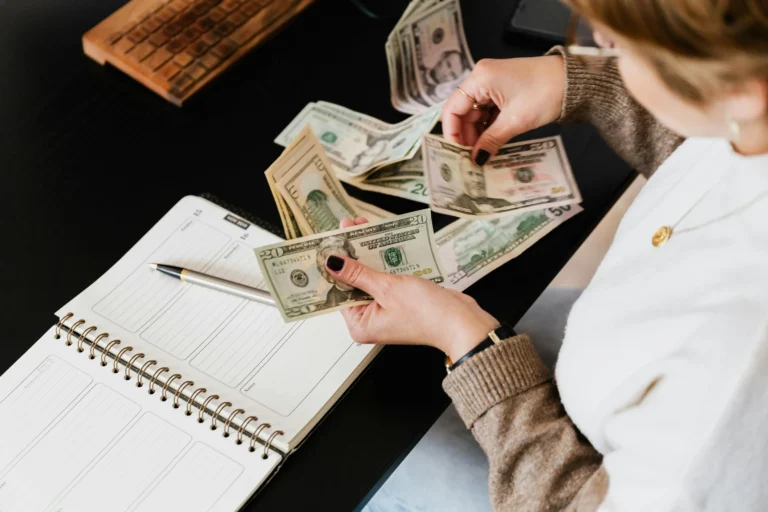LGBTQIA2S+: Celebrating a Spectrum of Identities
The term LGBTQIA2S+ encompasses a diverse and vibrant community of individuals whose sexual orientations, gender identities, and expressions differ from the traditional norms. It’s a beautiful tapestry woven from the threads of countless unique experiences, each deserving of respect, understanding, and celebration.
Unpacking the Acronym – LGBTQIA2S+ :
- L: Lesbian – Women who are attracted to other women.
- G: Gay – Men who are attracted to other men.
- B: Bisexual – Individuals attracted to people of more than one gender.
- T: Transgender – Individuals whose gender identity differs from the gender assigned at birth.
- Q: Queer – An umbrella term for individuals who do not identify with the traditional binary notions of sexuality and gender.
- I: Intersex – Individuals born with physical characteristics that don’t fit the typical definitions of male or female.
- A: Asexual – Individuals who do not experience sexual attraction.
- 2S: Two-Spirit – A term some Indigenous North American communities use to describe individuals with diverse gender identities and expressions.
- +: The plus sign acknowledges the many other identities and experiences within the LGBTQIA2S+ community that may not be explicitly listed.
Beyond the Labels:
While the LGBTQIA2S+ acronym provides a framework for understanding diverse identities, it’s important to remember that individuals within the community are not defined solely by their labels. Each person has a unique story, a rich tapestry of experiences, and many dimensions beyond their sexual orientation or gender identity.
A Journey of Acceptance:
The LGBTQIA2S+ community has faced a long history of discrimination and marginalization. However, recent years have seen a growing wave of acceptance and understanding. More and more people proudly embrace their true selves, inspiring others to do the same.
Celebrating Diversity:
Pride Month, held in June each year, is a vibrant celebration of LGBTQIA2S+ identities and cultures. Parades, festivals, and community events showcase the strength, resilience, and joy of the LGBTQIA2S+ community. It’s a time to stand in solidarity, raise awareness, and advocate for equality and inclusion.
Challenges Remain:
Despite the progress made, the LGBTQIA2S+ community still faces discrimination and prejudice in various forms. This includes unequal access to healthcare, housing, employment, and legal protections. Ongoing efforts are crucial to ensure that all individuals, regardless of their sexual orientation or gender identity, can live their lives with dignity and respect.
You may also like this: Vvolfie_: A Multi-Talented Artist With A Passion For Music And Modeling
Points to Remember:
- Respect is key. Use inclusive language and avoid making assumptions about individuals’ identities.
- Educate yourself. Learn about the different identities and experiences within the LGBTQIA2S+ community.
- Be an ally. Speak out against discrimination and advocate for LGBTQIA2S+ rights.
Together, we can create a world where everyone can thrive, regardless of who they love or how they identify. Let’s celebrate the vibrant spectrum of the LGBTQIA2S+ community and work towards a future filled with love, acceptance, and equality.
Conclusion:
By creating a culture of inclusivity and understanding, we can build a world where everyone feels safe to be themselves. Let’s embrace the diversity of the LGBTQIA2S+ community, celebrate individual experiences, and work towards a future where equality and acceptance reign supreme.I hope this article has shed some light on the LGBTQIA2S+ community and its significance. Let’s continue learning, understanding, and celebrating the diversity that makes our world rich and vibrant.
LGBTQIA2S+: Frequently Asked Questions
What does LGBTQIA2S+ stand for?
LGBTQIA2S+ is an acronym that stands for Lesbian, Gay, Bisexual, Transgender, Queer and/or Questioning, Intersex, Asexual, and Two-Spirit. The plus sign indicates that there are more identities and expressions that are not captured by the acronym, such as pansexual, non-binary, agender, bigender, genderfluid, etc.
What is the difference between sexual orientation and gender identity?
Sexual orientation is about who you are attracted to romantically, sexually, or emotionally. Gender identity is about how you feel and express your gender, whether it matches the sex you were assigned at birth or not. Sexual orientation and gender identity are not the same thing, and they are not determined by each other. For example, a transgender person can be straight, gay, bisexual, or any other sexual orientation.
How can I be an ally to the LGBTQIA2S+ community?
An ally is someone who supports and respects the LGBTQIA2S+ community, even if they are not part of it themselves. Allies can show their support by:
- Educating themselves about the diverse identities and experiences of LGBTQIA2S+ people
- Using inclusive and respectful language and pronouns
- Challenging homophobia, biphobia, transphobia, and other forms of discrimination and harassment
- Listening to and amplifying the voices of LGBTQIA2S+ people
- Advocating for the rights and equality of LGBTQIA2S+ people







